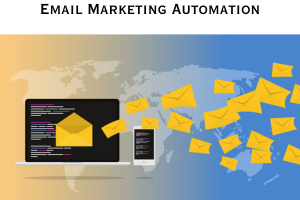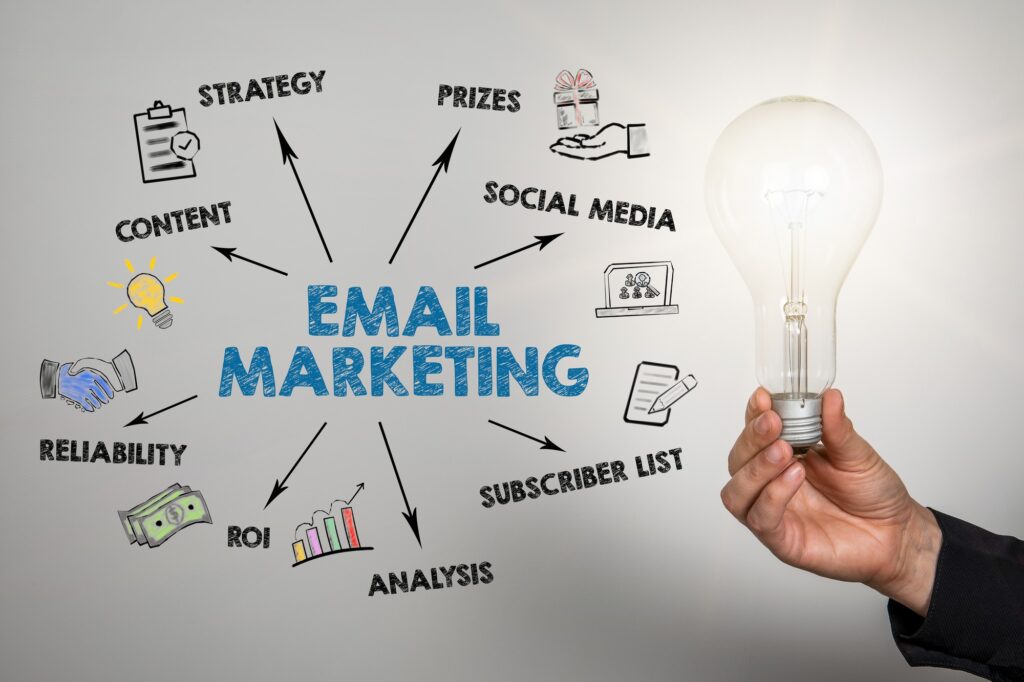In the fast-paced world of email marketing automation, staying informed about industry benchmarks and standards is crucial for optimizing campaign performance. To help you make data-driven decisions and achieve better results, this comprehensive blog will delve into the key email marketing automation benchmarks. We’ll explore essential metrics such as open rates, click-through rates, conversion rates, and more. By understanding and leveraging these benchmarks, you can fine-tune your email marketing automation strategies for improved engagement and ultimately drive better results.
Table of Contents:
-
- Chapter 1: Understanding Email Marketing Automation Benchmarks
-
- Importance of benchmarks in measuring campaign success
-
- Types of benchmarks: open rates, click-through rates, conversion rates, etc.
-
- How to use benchmarks to assess and optimize your campaigns
-
- Chapter 1: Understanding Email Marketing Automation Benchmarks
-
- Chapter 2: Analyzing Open Rates and Email Deliverability
-
- Definition and significance of open rates in email marketing
-
- Factors influencing open rates and best practices for improvement
-
- Benchmarking open rates across industries and campaign types
-
- Chapter 2: Analyzing Open Rates and Email Deliverability
-
- Chapter 3: Evaluating Click-Through Rates (CTR) and Engagement
-
- Importance of click-through rates for measuring engagement
-
- Strategies to increase CTR and optimize email content
-
- Comparative analysis of CTR benchmarks in various industries
-
- Chapter 3: Evaluating Click-Through Rates (CTR) and Engagement
-
- Chapter 4: Assessing Conversion Rates and Revenue Generation
-
- The role of conversion rates in determining campaign effectiveness
-
- Techniques to boost conversion rates through email automation
-
- Benchmarks for conversion rates and revenue generation
-
- Chapter 4: Assessing Conversion Rates and Revenue Generation
-
- Chapter 5: Tracking Subscriber Growth and List Engagement
-
- Evaluating subscriber growth and list health metrics
-
- Tactics to attract and retain engaged subscribers
-
- Industry benchmarks for list growth and engagement rates
-
- Chapter 5: Tracking Subscriber Growth and List Engagement
-
- Chapter 6: Understanding Email Automation Performance Metrics
-
- Key performance indicators (KPIs) for email automation workflows
-
- Analyzing metrics like workflow completion rate and engagement
-
- Comparing performance metrics across different automation scenarios
-
- Chapter 6: Understanding Email Automation Performance Metrics
-
- Chapter 7: Monitoring Unsubscribe Rates and Churn
-
- Significance of unsubscribe rates and churn analysis
-
- Strategies to minimize unsubscribes and customer attrition
-
- Benchmarking unsubscribe rates for different industries
-
- Chapter 7: Monitoring Unsubscribe Rates and Churn
-
- Chapter 8: Optimizing Email Timing and Frequency
-
- The impact of timing and frequency on email performance
-
- Finding the optimal balance for your specific audience
-
- Best practices and benchmarks for email timing and frequency
-
- Chapter 8: Optimizing Email Timing and Frequency
-
- Chapter 9: Leveraging A/B Testing and Optimization Strategies
-
- The power of A/B testing in optimizing email campaigns
-
- Designing effective experiments and interpreting results
-
- Examples of successful A/B tests and their impact on benchmarks
-
- Chapter 9: Leveraging A/B Testing and Optimization Strategies
-
- Chapter 10: Continuous Improvement and Future Trends
-
- Embracing a culture of continuous improvement in email automation
-
- Emerging trends and innovations shaping the future of email marketing
-
- Leveraging benchmarks to adapt and stay ahead of the competition
-
- Chapter 10: Continuous Improvement and Future Trends
Conclusion:
Understanding email marketing automation benchmarks is a vital aspect of optimizing campaign performance. By gaining insights into industry standards for open rates, click-through rates, conversion rates, and other key metrics, you can identify areas for improvement and fine-tune your email marketing automation strategies. Armed with this knowledge, you can engage your audience more effectively, drive better results, and stay ahead in the ever-evolving landscape of email marketing. Keep experimenting, analyzing data, and leveraging benchmarks to unlock the full potential of your email marketing automation campaigns.



